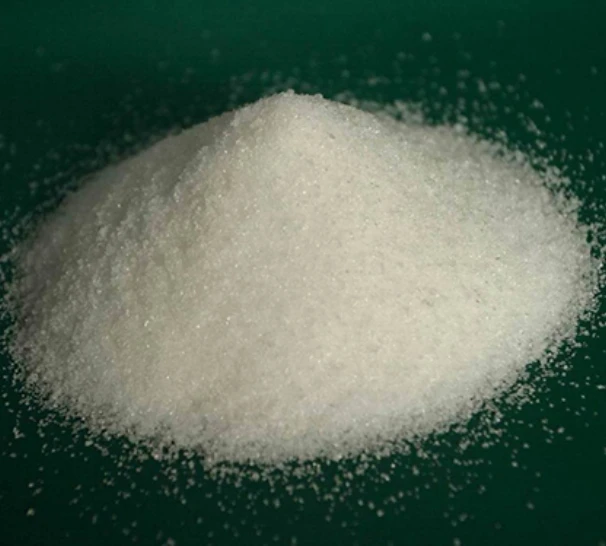polyacrylamide function
The Role and Applications of Polyacrylamide in Modern Science and Industry
Polyacrylamide, a synthetic polymer derived from acrylamide monomers, has gained immense popularity in various fields due to its versatile properties and functionalities. Primarily recognized for its applications in water treatment, agriculture, and biomedical research, polyacrylamide's versatility is attributed to its ability to enhance the performance of numerous processes and materials.
Understanding Polyacrylamide
Polyacrylamide is formed through the polymerization of acrylamide, which can be either anionic or nonionic, depending on the presence of charged groups. This variability allows for modifications in its properties, making it suitable for a broad range of applications. Commonly used in the form of gels, powders, or emulsions, polyacrylamide can be synthesized with different molecular weights and structures, thus tailoring its characteristics for specific uses.
Water Treatment Applications
One of the key applications of polyacrylamide is in water treatment. It is widely employed as a flocculating agent to improve the removal of suspended particles from water. By helping to bind smaller particles into larger aggregates, polyacrylamide facilitates the sedimentation or filtration processes, leading to clearer water. This capability is invaluable in municipal wastewater treatment plants and industrial water recycling systems, where the removal of contaminants is essential for meeting environmental standards.
Agricultural Uses
In agriculture, polyacrylamide plays a crucial role in soil management. It serves as a soil conditioner that enhances water retention and reduces erosion. When incorporated into the soil, polyacrylamide forms a gel-like structure that holds water, making it available for plant uptake. This property is particularly beneficial in arid or semi-arid regions, where water scarcity is a significant challenge. Additionally, polyacrylamide can improve soil structure, leading to better aeration and root penetration, ultimately enhancing crop yields.
polyacrylamide function

Biomedical Research
In the realm of biomedical research, polyacrylamide is widely used in the preparation of gel matrices for electrophoresis. There, it acts as a medium for separating proteins, nucleic acids, and other biomolecules based on their size. The ability to create gels with varying concentrations allows researchers to optimize their experiments and obtain precise results. Furthermore, polyacrylamide gels are utilized in various diagnostic applications, including the analysis of genetic material and the study of biomolecular interactions, thus paving the way for advancements in molecular biology and medicine.
Environmental and Safety Considerations
Despite its widespread applications, concerns regarding the safety of polyacrylamide, particularly related to its monomer, acrylamide, have been raised. Acrylamide is known to be a neurotoxin and a potential carcinogen; hence, it is crucial to handle it with care during the manufacturing and application processes. Regulatory bodies have established guidelines to limit exposure, ensuring that the benefits of polyacrylamide in industrial applications outweigh the risks associated with its components.
Future Potential
Looking ahead, the future of polyacrylamide appears promising. Ongoing research focuses on developing safer forms of the polymer and enhancing its properties for more sustainable applications. Innovations in green chemistry aim to produce polyacrylamide with reduced environmental impact and improved biodegradability, addressing some of the ecological concerns associated with synthetic polymers.
In conclusion, polyacrylamide is an invaluable material with a wide range of applications across water treatment, agriculture, and biomedical research. Its ability to function effectively in diverse environments underscores its importance in modern scientific and industrial practices. As research continues to evolve, polyacrylamide may see even broader applications, contributing to improved processes and technologies that benefit society while adhering to environmental safety standards.
-
Water Treatment with Flocculant Water TreatmentNewsJun.12,2025
-
Polymaleic AnhydrideNewsJun.12,2025
-
Polyaspartic AcidNewsJun.12,2025
-
Enhance Industrial Processes with IsothiazolinonesNewsJun.12,2025
-
Enhance Industrial Processes with PBTCA SolutionsNewsJun.12,2025
-
Dodecyldimethylbenzylammonium Chloride SolutionsNewsJun.12,2025





